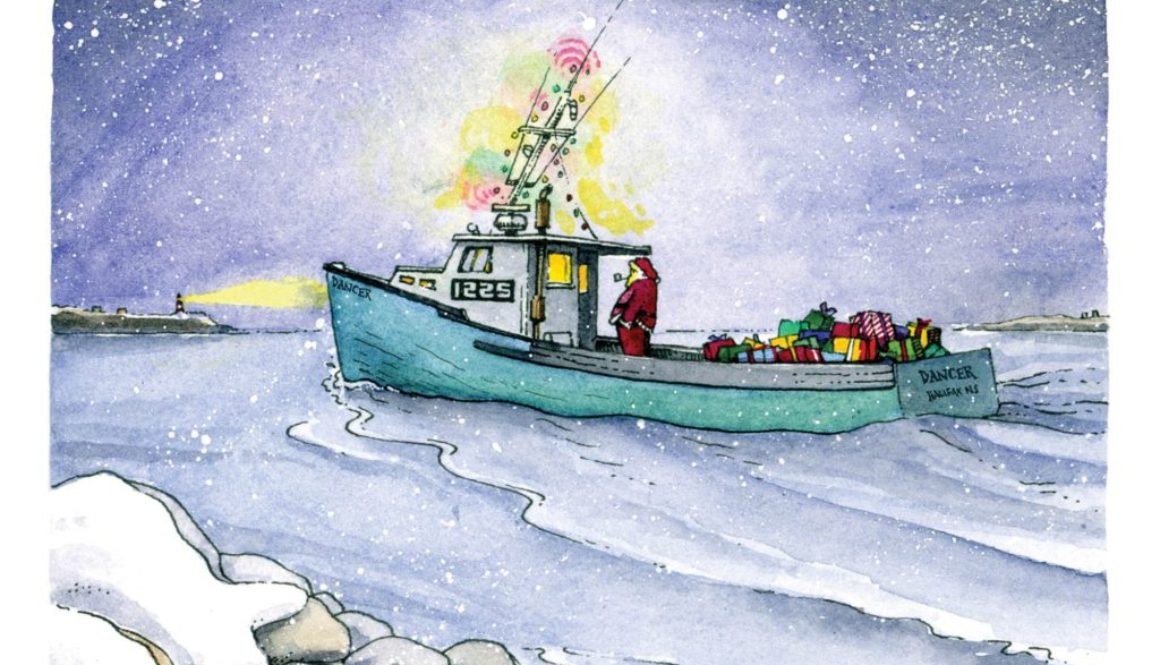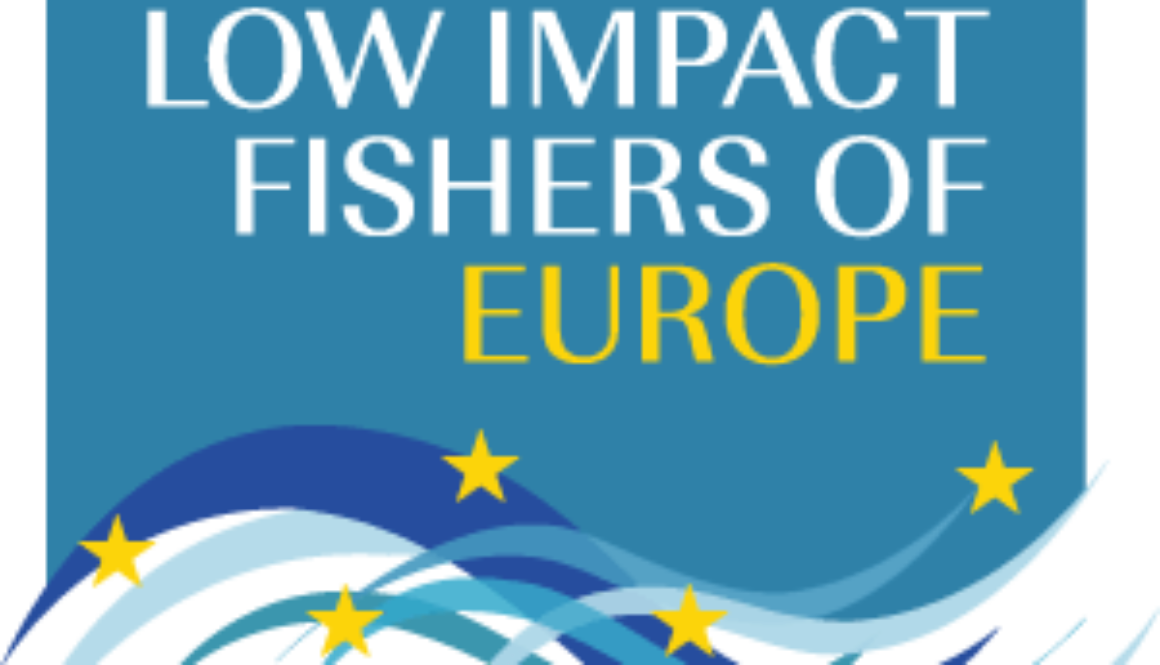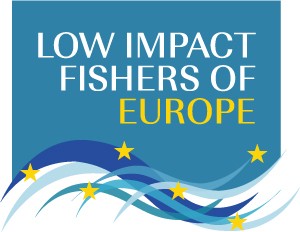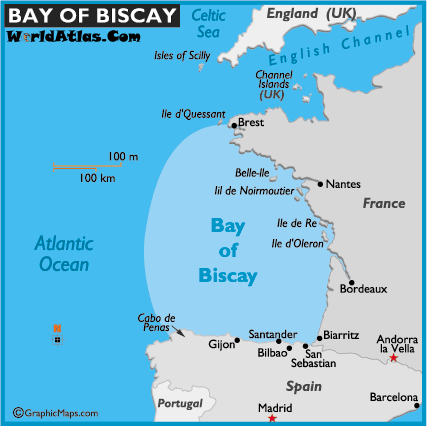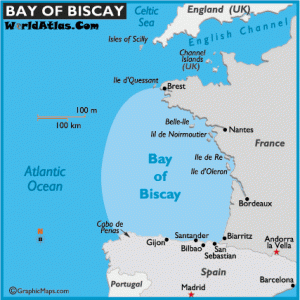Godišnja podjela kvota Božićnog vijeća: Postizanje prave ravnoteže
LIFE calls for a more level playing field and a fairer allocation of quota between larger scale and smaller scale fisheries.
19th December 2018
Update: LIFE reacts to the Council’s agreement on bass and eel
LIFE is disappointed to note that Fisheries Ministers have failed to grasp the economic importance and the social and environmental significance of the commercial hook and line fishery for seabass. Instead of rewarding this sector with a significantly increased allocation, rather they have seen fit to increase the allowance for mobile gears, doubling the allowance for demersal trawlers. This sends out the wrong signals and raises questions on the political will of the Council to take serious measures to conserve northern sea bass. It is also a lost opportunity to apply the spirit of Article 17 by rewarding and giving incentives with increased access those fishing vessels deploying selective fishing gear and using fishing techniques with reduced environmental impact.
On the positive side, LIFE notes that the 1% cap on fixed netters has been lifted, and their allowance raised from 1.2 to 1.4 tonnes over the year. This is a lifeline for those fishers who use small-scale fixed nets in mixed fisheries, and for whom by-catches of seabass provide a vital economic contribution to their struggling livelihoods.
But the devil is in the detail, and we look forward to seeing the revised text of the EC proposal on 2019 fishing opportunities.
Based on the information available[1] following the conclusion of Council negotiations, LIFE cautiously welcomes the outcome for European eel stock. For a long-lived species such as eel, it is makes sense to continue the coordinated closures at national level and have them broadly applied – for all eel life stages, in particular the glass eel, and to recreational fisheries.
The work towards the much-needed eel recovery is far from over. We urge the EU Institutions to elaborate a full, credible and realistic package of actions to make sure that European eel has a bright future. It must squeeze life out of illegal eel fisheries of all kinds, in particular “Europe’s own ivory trade” – the glass eel trafficking. An all-encompassing Catch Documentation Scheme for all eel catches may be helpful in achieving this aim. Equally, it needs to address sources of eel’s non-fishery anthropogenic mortality, with special attention to turbine mortality and the impact of black cormorants. As ever, LIFE will spare no effort to offer constructive ideas based on the experience of practitioners.
[1] Public information on the outcomes of the Council meeting https://www.consilium.europa.eu/media/37643/st15654-en18v2.pdf
17th December 2018
Brian O'Riordan
European Union Fisheries Ministers will meet in Brussels today and tomorrow, Monday 17 and Tuesday 18 December for the annual “Christmas Fisheries Council” to agree on fishing opportunities for 2019 for the Atlantic, North Sea and Black Sea. Over the last year, fisheries managers have been upbeat on progress towards MSY targets, but even so the Fisheries Council must strike a delicate balance between protecting fragile and vulnerable stocks and allowing increased access commensurate with stock recovery.
It is a delicate balance between following the precautionary approach to safeguard resources on the one hand and sustaining economic activity and livelihoods on the other: combining environmental sustainability with a fair and equitable allocation that is in the interests of all. For small scale low impact fishers the Christmas Council is generally seen as a Christmas quota carve up, which benefits mainly the larger scale fishing interests. In the main, smaller scale interests have been marginalised by an unfair quota system and alienated from quota species. This has been a major failing of the much heralded 2014 CFP reform, which despite much promise – notably Article 17[1] – has failed to deal with inter-sector inequalities and level the playing field between larger and smaller scale fleets.
This lack of quota and lack fair access to quota is a major barrier for smaller scale fishing operations to survive and thrive and could be the final straw on January 1 2019 if the Landing Obligation is fully implemented, as intended. Without quota for target or choke species, the EU’s zero discards policy could become a zero-fishing policy for small scale fishers, effectively outlawing most fishery operations.
Finding the right balance is particularly critical in the case of bass (Dicentrarchus labrax). Since 2015 EU wide conservation measures have been in place to reduce fishing pressure on this valuable but highly vulnerable stock. Efforts since 2015 have focussed on reducing targeted fishing effort on bass, including through a fisheries closure when stocks are at their most vulnerable during their spawning season (in February and March), and closing the fishery entirely for pelagic trawlers.
Following a benchmarking process earlier this year, ICES advice for bass in divisions 4.b–c, 7.a, and 7.d–h (central and southern North Sea, Irish Sea, English Channel, Bristol Channel, and Celtic Sea) was published in June 2018. This proposed a change in approach from a precautionary approach in 2017 to an MSY based approach for 2018 and 2019. In their 2017 advice on bass in these sea areas ICES had recommended that commercial catches in each of the years 2018 and 2019 should be no more than 478 tonnes. In their 2018 advice for bass, based on an MSY approach ICES upped this, and advised that total removals (for both commercial and recreational sectors) in 2018 should be no more than 880 tonnes; for 2019 no more than 1,789 tonnes. The 2017 cap of 478 tonnes did not take recreational fishing into account; the higher figures provided in 2018 do.
This most recent ICES advice highlights a delicate balance between poor recruitment and low spawning stock biomass on the one hand, and a perceived lowering of fishing effort on the other. Worryingly ICES advise that the spawning–stock biomass (SSB) has been declining since 2005 and is now below Blim. Also worrying is the estimated poor recruitment since 2008; only the 2013 and 2014 year-classes estimates show average recruitment. Along with the average recruitment for 2013 and 2014, the only cause for optimism is that fishing mortality is deemed to have peaked in 2013, to have declined rapidly since then, and is now estimated to be below FMSY.
All this has led to some optimism that the medicine may be working, and that bass stocks are on the road to recovery. To a certain extent this is borne out by the catches and observations of LIFE’s hand line fisher members over the 2018 season. Whilst good catches of bass have been patchy and there has been some mixed success, along the Atlantic coast of France, the South coast of the UK, and the southern North Sea coasts of UK, Belgium and Netherlands, fishers have reported seeing large quantities of bass just below the MCRS. This indicates the possibility of a rosy future, if these bass are able to survive to grow and spawn over the next 2 years.
And this is a big IF. On all sides the fate of bass is beset by many challenges. High on the list of these challenges is the aggregation of mature bass over the winter months, starting in October, and lasting through to March and sometimes up to June. This makes them highly vulnerable to the targeted and untargeted fishing by larger scale and semi-industrial smaller scale netting operations. Likewise, aggregations of juvenile fish below MCRS makes them vulnerable to these gears. If mobile and larger scale fixed net operations take evasive measures to avoid these aggregations, then unintended and potentially destructive impacts on bass stocks can be reduced.
To encourage mobile and fixed gear operators to take such evasive measures, the EC proposal for 2019 fishing opportunities for the Atlantic, North Sea and Black Sea puts a daily cap of “1% of the weight of the total catches of marine organisms on board caught by that vessel” for demersal trawlers, seiners and fixed gillnets. Bass is out of bounds for pelagic trawlers, which under current legislation are “prohibited to retain on board, tranship, relocate or land European seabass".
In LIFE’s view these are fair and sensible measure, so long as they are backed up by adequate control measures at sea and ashore. However, there is much anecdotal evidence to indicate that such controls are not as watertight as they should be, and that the efficacy of the 1% cap as an incentive to take evasive action is thereby reduced.
LIFE is also concerned that the 1% cap spells the end of the line of our Members from the UK and Netherlands who use small-scale fixed nets in mixed fisheries, and who are effectively banned from selling their relatively small bass catches. Their daily catches amount to no more than 20 to 50kgs per day, which would mean having to discard all the bass they catch. For vessels under 10 metres using small quantities of fixed gears, LIFE would advocate removing the 1% cap completely.
For 2019, bass stocks in the Bay of Biscay south of the 48ti parallel, and in the central and southern North Sea, Irish Sea, English Channel, Bristol Channel, and Celtic Sea are still regarded as 2 separate stocks, under two different management regimes. Under the recently agreed multi-annual plan in Western Waters, from 2020 onwards, bass stocks in these two areas will be managed as one.
This merging of the two stocks may make sense from a fisheries management perspective, but there is huge room for improvement below the 48ti parallel. The French Platform for Small Scale Fisheries (PPAF) has been highly critical of the lack of effective management and control of larger scale activities, particularly on the spawning aggregations. This has also put the current and future prospects for the bass handliners, commercial activities with the least impact on the resources, very much at risk.
We sincerely hope that such a move will ensure a more rigorous approach to managing and conserving stocks in both areas, and defending the rights and rewarding of those fish in the most sustainable way – based on the three pillars of sustainability; environmental, economic and social.
[1] Article 17 of the “Basic Regulation (Regulation No 1380/2013) obliges Member States to “use transparent and objective criteria including those of an environmental, social and economic nature” when allocating the fishing opportunities available to them. The criteria to be used may include, inter alia, the impact of fishing on the environment, the history of compliance, the contribution to the local economy and historic catch levels. Within the fishing opportunities allocated to them, Member States shall endeavour to provide incentives to fishing vessels deploying selective fishing gear or using fishing techniques with reduced environmental impact, such as reduced energy consumption or habitat damage.
